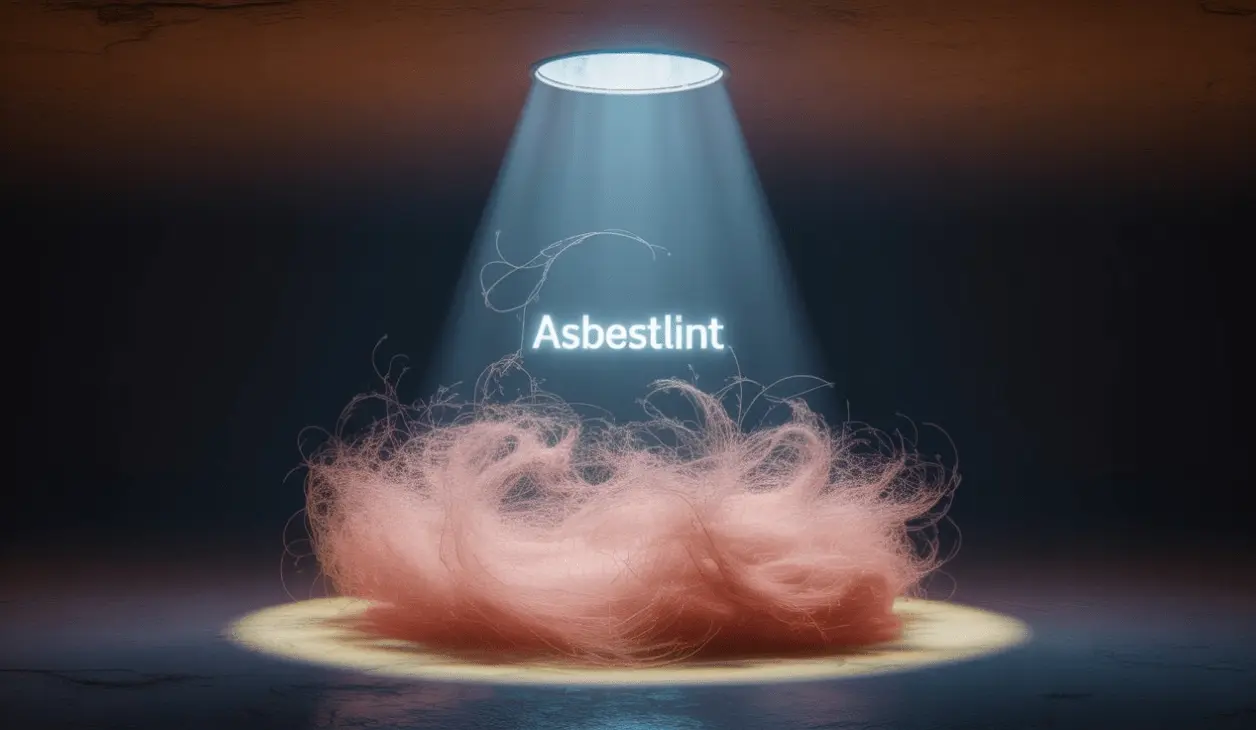Asbestlint: Health Risks and Effective Safety Measures
Asbestlint is a term often associated with the hazardous fibrous material asbestos. For decades, this mineral was used in construction, manufacturing, and insulation because of its strength and resistance to heat. However, as scientific research advanced, it became clear that exposure to asbestlint could lead to severe health consequences. Today, understanding what asbestlint is, why it is dangerous, and how to manage it safely is crucial for both homeowners and professionals.
What Is Asbestlint?
Asbestlint refers to small, fine asbestos fibers that can become airborne when asbestos-containing materials are damaged or disturbed. These microscopic particles are virtually invisible to the naked eye, yet they pose a significant health risk when inhaled. Because they can remain in the air for long periods, even minimal exposure may increase the likelihood of respiratory illnesses.
Why Was Asbestlint Widely Used?
To understand the prevalence of asbestlint, it is essential to look back at history. Asbestos was once considered a “miracle material” due to its fire resistance, durability, and affordability. For much of the 20th century, it was integrated into building materials such as insulation, roofing, ceiling tiles, and even household appliances. Unfortunately, the dangers of inhaling asbestlint were not widely known until later, when medical studies began linking it to life-threatening conditions.
Health Risks of Asbestlint Exposure
The most significant concern about asbestlint is its effect on human health. When asbestos fibers lodge in the lungs, they cause scarring and inflammation over time. Some of the most common diseases associated with exposure include:
- Asbestosis: A chronic lung condition caused by long-term inhalation of fibers.
- Lung Cancer: Exposure to asbestlint dramatically increases the risk, especially among smokers.
- Mesothelioma: A rare but aggressive cancer that affects the lining of the lungs or abdomen.
Since these conditions often develop years after exposure, many individuals may not realize they have been affected until it is too late. Therefore, prevention and awareness remain the most effective forms of protection.
Regulations Surrounding Asbestlint
As awareness grew, governments around the world introduced strict regulations to reduce the dangers associated with asbestlint. Many countries have completely banned asbestos use, while others have implemented rigorous guidelines for handling, removal, and disposal. For example, in the United States, the Environmental Protection Agency (EPA) enforces regulations under the Clean Air Act to prevent the release of fibers into the environment.
In Europe, legislation is even stricter, with complete bans on the use of asbestos in new construction. Despite these measures, older buildings may still contain asbestos-based materials, making the issue of asbestlint relevant today.
Identifying Asbestlint in Buildings
Recognizing the presence of asbestos-containing materials is not always easy. Since asbestlint fibers are microscopic, specialized testing is usually required. Professionals trained in asbestos management can take samples and analyze them in certified laboratories. If asbestos is confirmed, homeowners and business owners must decide whether to leave the material undisturbed or arrange for safe removal.
Safe Management and Removal
Handling asbestlint is never a DIY project. Because disturbing asbestos can release dangerous fibers into the air, professional removal is essential. Licensed asbestos contractors use specialized equipment, protective clothing, and negative air pressure systems to contain the material during removal. In addition, strict disposal guidelines ensure that asbestlint does not contaminate landfills or water supplies.
For property owners, the first step is to contact a certified inspector. If asbestos is found but remains in good condition, it may be safer to leave it untouched and monitor it over time. However, if the material shows signs of wear or damage, immediate action should be taken to minimize risks.
Preventing Exposure to Asbestlint
While asbestos may seem like a problem from the past, the truth is that it still exists in millions of structures worldwide. To reduce the risk of exposure, consider the following steps:
- Avoid Disturbing Materials: Do not drill, sand, or cut into surfaces that may contain asbestos.
- Hire Professionals: Always consult experts for inspections, repairs, or removal.
- Stay Informed: Familiarize yourself with local regulations and safety guidelines.
- Use Protective Gear: If working in an older building, wearing masks and protective clothing can help limit exposure.
By following these precautions, individuals can significantly lower the likelihood of inhaling dangerous asbestlint fibers.
The Future of Asbestlint Management
As technology continues to evolve, safer alternatives to asbestos have replaced its use in most industries. However, the legacy of asbestlint remains in existing structures. Moving forward, a combination of public education, government regulation, and professional training will play a vital role in reducing health risks.
Additionally, innovations in detection and removal methods may make managing asbestlint more efficient and less costly in the future. For instance, advanced air filtration systems and digital monitoring tools are already helping contractors track fiber levels more accurately.
Conclusion
Asbestlint is more than just a technical term; it represents a significant public health concern that continues to affect communities worldwide. Understanding its risks, recognizing its presence, and taking appropriate precautions are essential steps toward ensuring safety. While asbestos use has declined dramatically, vigilance is still necessary, especially in older homes and buildings.
By raising awareness and promoting safe management practices, society can limit the dangers of asbestlint and protect future generations from its harmful effects
